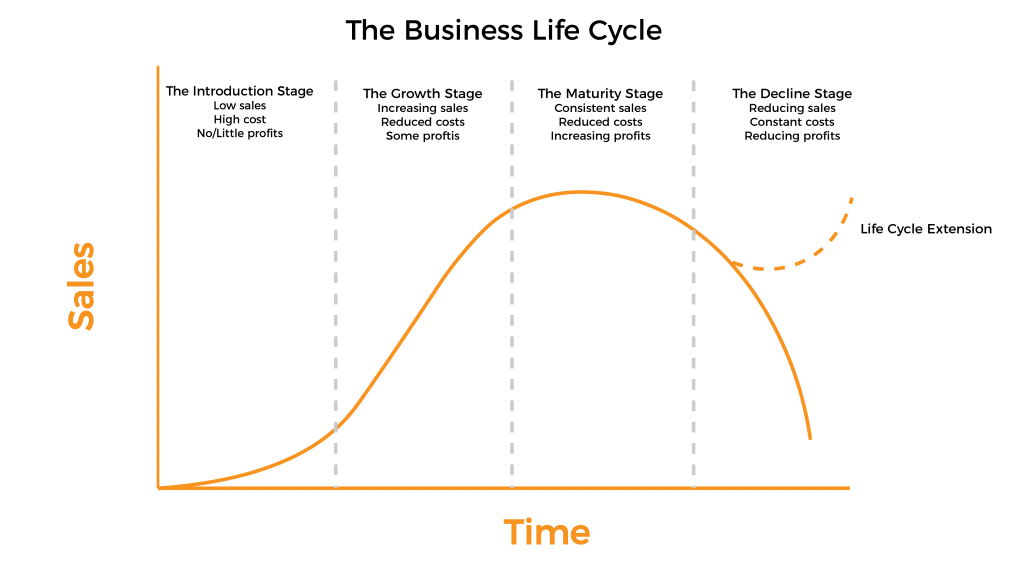Most people want to grow and improve no matter what hobby or job they might be doing. Whether it’s a professional athlete, a business, artistic skills or simply just trying to be a better person. As an entrepreneur, you should love and embrace the concept of expansion. It doesn’t matter if you are a small family startup or an established larger company, generally speaking growth is a positive thing. But growth is rarely ever easy.
As your company pushes toward growth, it is imperative to remember to stay true to the company’s original values and beliefs. Do not compromise integrity and ethics for growth and wealth. As you expand, maintain, if not exceed, your standards previously established when you were a small startup. This is very important in order to retain customers and build a stronger sense of reliability. It is also very important to focus and be specific about your growth goals. A big-picture approach to growth can sometimes have a negative impact on your business. Taking time to understand your specific goals will set you in the right direction.
You’ve decided your company is ready to expand, so now what? You need a growth plan. It is often helpful to refer to your original business plan to create a new documented road map. It is important to create a deep analysis of what your growth goals will be. How will these plans change your finances and resources? What are your company’s projections if you decide to proceed with your plan? By asking these questions, it will allow you to fully develop and prepare a concise and clear plan for what your growth will eventually look like.
Next, look at your company’s possible reasons for growth. One reason might be to obtain some sort of market leadership role in your industry. Perhaps you want to hold the most market share and be the dominant player in your industry and amongst your competitors. Maybe you want your company to gain recognition and influence within the industry. Maybe your company strives to keep up with evolving demands of customers. Lastly, consider growth and development to attract and retain high quality employees. Just as professional athletes want to stay or leave a team in order to win, your employees may want to leave, or stay, depending on whether you grow or not, and if so, how you grow.
Now that your company has considered reasons for growth, the next focus is the Business Growth Life Cycle. The first stage is the early growth stage which generally means a slight increase in sales and profits for the company. After this stage, a business gets into the continuous growth stage which is characterized by more structure and formality. Typically in this stage, a decision is made on whether the current people working for the company can take it to the next level. Next, the maturity stage hits which means growth steadies out and looks to maintain strong market share and be an industry leader. Finally, a business enters the decline stage of growth which generally means that they are not developing new products or services and they are experiencing a slight dip in sales and profits. A business does not have to formally enter the decline stage to decline, but eventually most businesses do. Decline is often the cause of a business to recycle back to another stage which will spur changes with innovation and new product development.

Growth and improvement can be difficult and complex, but it isn’t impossible. It will take time, effort and likely cause growing pains. It’s crucial to remember that growth is only successful if it maintains the established values of your company. This is fundamental to any entrepreneur seeking to stretch their potential. Take time to reflect on your reasons, be strategic about your process and implementation. Success should be measured on your continuous growth over time. No company exists without experiencing occasional declines in their Business Life Cycle, which ultimately inspires new growth goals. Happy growing!
Finlay Booth, Baylor University student


